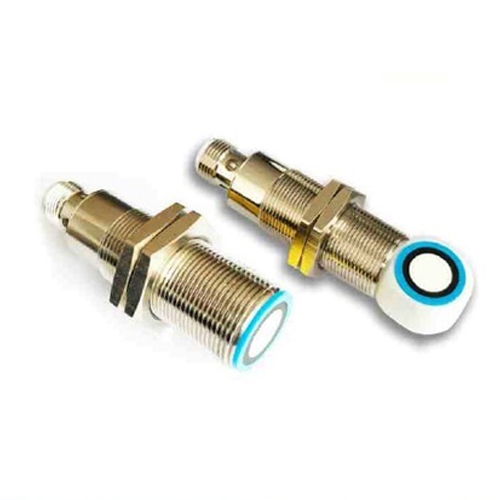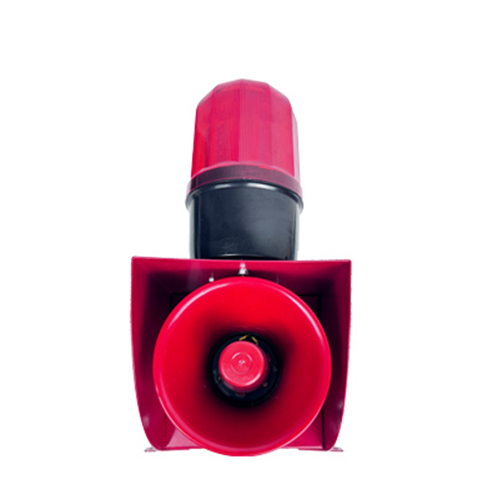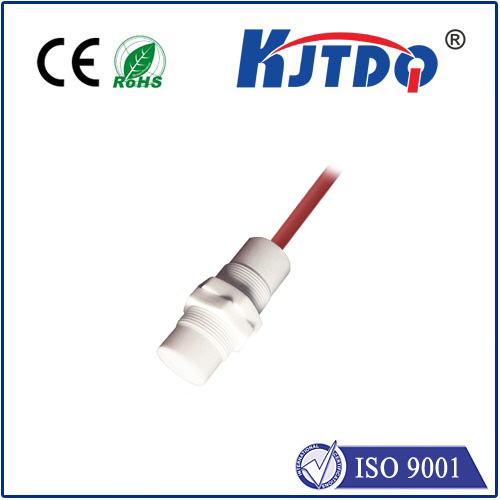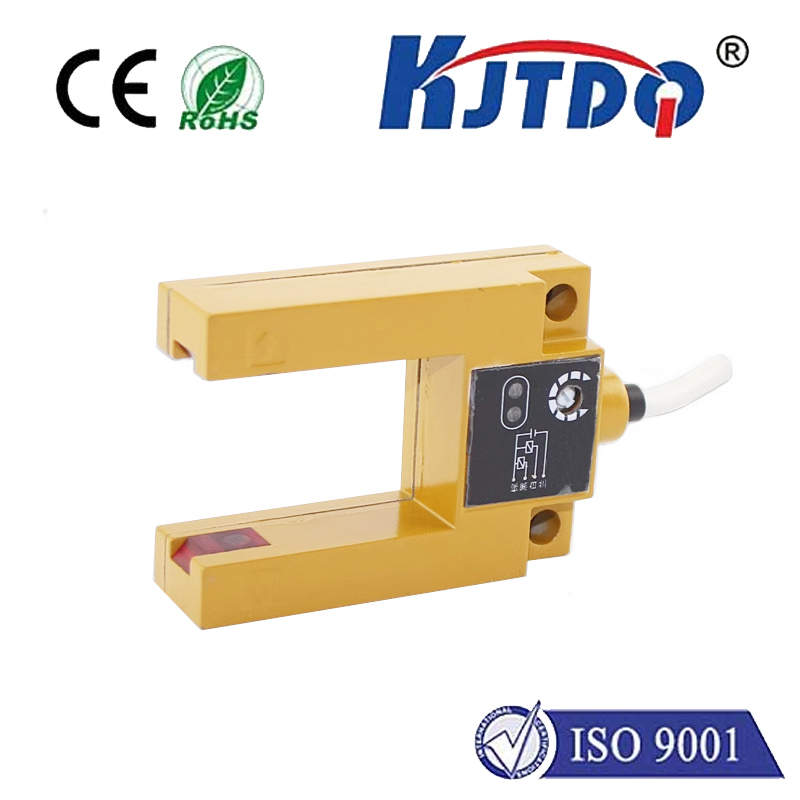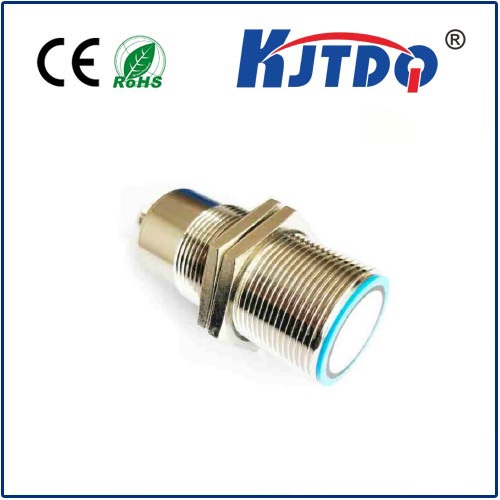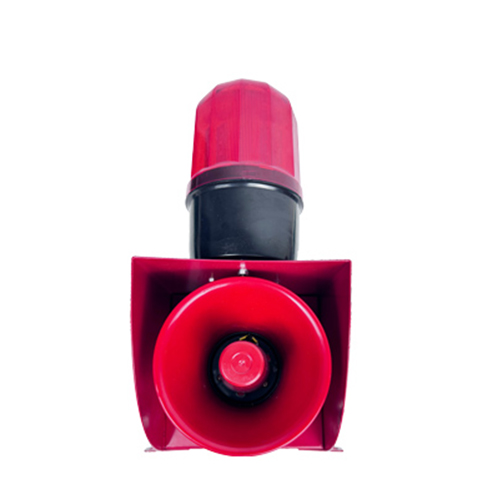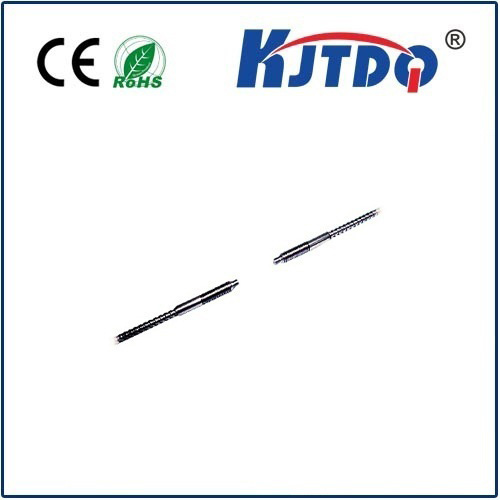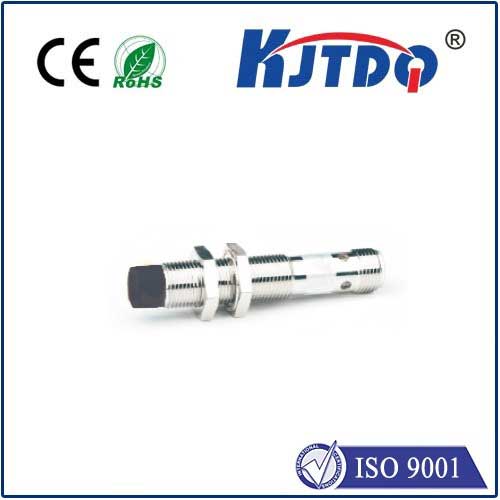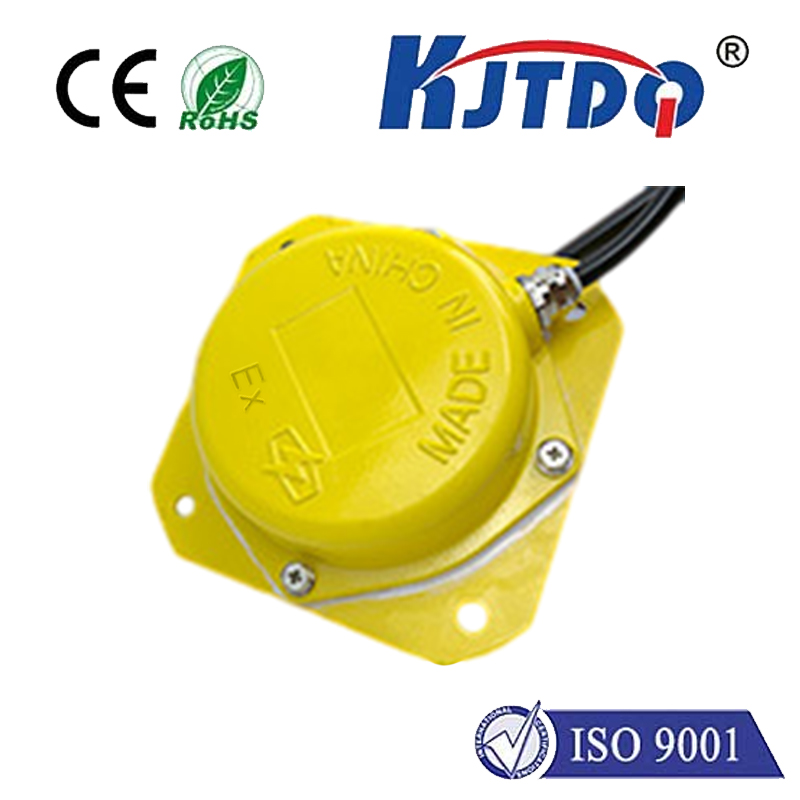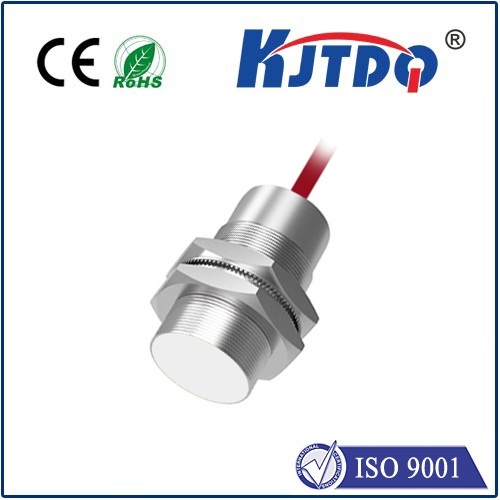5mm proximity sensor
- time:2025-06-13 01:06:19
- Click:0
The Mighty 5mm Proximity Sensor: Precision Detection in Tight Spaces
Imagine a sophisticated robotic arm gracefully assembling delicate electronic components, its movements swift yet incredibly precise. Or picture advanced manufacturing equipment humming along, seamlessly sorting materials with flawless accuracy. A critical yet often unseen hero enabling this level of automation is the 5mm proximity sensor. This compact marvel, designed to detect objects within a mere 5mm range, delivers crucial non-contact sensing power where space is at an absolute premium.
But why the specific focus on 5mm proximity? This detection distance represents a significant sweet spot in industrial automation and electronics design. It offers several compelling advantages, making it an indispensable component in countless modern applications demanding reliability, compactness, and precision.
Understanding the 5mm Proximity Sensor: Core Function and Principle
At its heart, a proximity sensor detects the presence or absence of an object without physical contact. The 5mm variant achieves this within its specifically calibrated range. The most common types used for this detection distance are:

- Inductive Proximity Sensors: These reign supreme for detecting metallic targets. Their working principle relies on generating an electromagnetic field. When a ferrous or non-ferrous metal object enters this field within the 5mm detection zone (the nominal sensing distance, Sn), it induces eddy currents within the target. This disturbance in the sensor’s field is detected, causing the sensor’s output state to switch. Inductive sensors excel in harsh industrial environments – they are robust, resistant to dirt, oil, and vibrations, making them ideal for factory automation, machining centers, and automotive assembly lines.
- Capacitive Proximity Sensors: Uniquely versatile, capacitive sensors can detect both metallic and non-metallic objects, including plastics, glass, wood, liquids, and powders. They work by establishing an electrostatic field. Any object entering this field within the 5mm range alters the capacitance between the sensor’s electrodes. This measurable change triggers the output switch. This broad detection capability makes capacitive sensors invaluable for tasks like level sensing in containers (detecting plastic pellets or liquids), detecting filled or empty positions on conveyor lines handling non-metallic materials, and even touch-sensitive interfaces.
The Strategic Advantage of the 5mm Range
So, why choose a sensor specifically rated for 5mm proximity detection? The benefits are significant and cater to specific engineering demands:
- Unparalleled Compactness: This is the defining characteristic. 5mm proximity sensors are designed to be incredibly small in size, featuring miniature housings (often M5 or M8 threaded barrels). This allows them to be installed in locations where traditional, larger sensors simply cannot fit. Think intricate machinery, densely packed PCBs, medical devices, wearable tech, or miniature robotic assemblies.
- Precision Positioning and Detection: A short sensing range inherently provides higher positional accuracy. When the detection zone is tightly defined to 5mm, engineers can be confident about the exact point where an object will be sensed. This is crucial for applications requiring precise positioning feedback, like verifying component insertion depth, confirming end-effector position, or detecting the precise edge of a material.
- Minimized Interference and False Triggers: The compact electromagnetic or electrostatic field generated by a 5mm sensor is far less likely to influence or be influenced by adjacent sensors or nearby metallic structures compared to sensors with larger ranges. This reduces the chance of false triggers and simplifies installation layouts in confined spaces.
- Optimized for High-Density Applications: In modern electronics and robotics, space is often the most valuable resource. 5mm sensors allow designers to pack more sensing points into a smaller area, enabling more complex control and feedback systems within the same footprint.
Where the 5mm Proximity Sensor Shines: Key Applications
The unique attributes of the 5mm proximity sensor make it the go-to solution in numerous scenarios:
- Miniature Robotics and Automation: Precise feedback on gripper positions, verifying part pickup/placement, and detecting end-of-arm tooling states in compact robotic systems.
- Semiconductor Manufacturing: Used extensively on wafer handling robots, inspection stations, and within photolithography equipment where contamination-free, precise non-contact detection is paramount and space is extremely limited.
- Consumer Electronics Assembly: Detecting tiny components on PCBs during automated assembly, verifying connector mating, or sensing covers/batteries in tightly packed smartphones, tablets, and wearables.
- Medical Devices: Providing reliable feedback in surgical instruments, diagnostic equipment, drug delivery systems, and wearable monitors where sterility, precision, and size constraints are critical.
- Automotive Subsystems: Monitoring actuators, valve positions, pedal positions, and presence detection in modules like power seats, climate control dampers, and electronic parking brakes – areas where sensor real estate is highly contested.
- Precision Machinery: Verifying tool positions on CNC spindles, detecting material feed in micro-drilling machines, or confirming ejector pins in compact injection molds.
- Level Detection: Capacitive 5mm sensors excel at detecting fill levels for liquids, powders, or granules in small containers, reservoirs, or dispensing mechanisms.
Selecting the Right 5mm Sensor: Key Considerations
Choosing the optimal 5mm proximity sensor requires careful thought:
- Target Material: Is detection needed for metal (Inductive) or virtually any material, including plastic, glass, or liquids (Capacitive)? This is the primary decision point.
- Operating Environment: Consider factors like temperature extremes, potential exposure to washdown chemicals or oils, vibration levels, and electrical noise. Check the sensor’s IP rating for environmental sealing. Industrial-grade sensors are built for tough conditions.
- Output Type: Typically available as NPN (sinking) or PNP (sourcing) transistor outputs, or sometimes Analogue (4-20mA, 0-10V). Choose based on the input requirements of your PLC or controller.
- Switching Frequency: How fast does the target material move? Ensure the sensor’s response speed (Hz) is sufficient for the application’s cycle time. High-speed automation demands fast sensors.
- Mounting: Consider space constraints, accessibility for installation/maintenance, and required sensing direction (front, side, flush). Miniature threaded barrels (M5, M8) are standard, but mounting brackets or specific form factors might be needed.
- Supply Voltage: Match the sensor’s operating voltage (commonly 10-30V DC) with the available power source.
- Reliability & Brand: Opt for reputable manufacturers known for quality and durability, especially in critical or harsh applications.
Conclusion
The 5mm proximity sensor is far more than just a tiny component; it’s an enabler of modern precision engineering. By offering reliable, non-contact detection in the tightest of spaces, it unlocks possibilities in miniaturization, enhances positional accuracy, and improves system reliability across countless industries. Whether ensuring a robotic arm’s flawless operation, guaranteeing precise component placement, or safeguarding fill levels, this compact powerhouse consistently delivers critical feedback where every millimeter counts. Its strategic 5mm detection range continues to prove invaluable as devices and machinery grow smarter and smaller, solidifying its role as a fundamental building block of intelligent automation and sophisticated product design.






